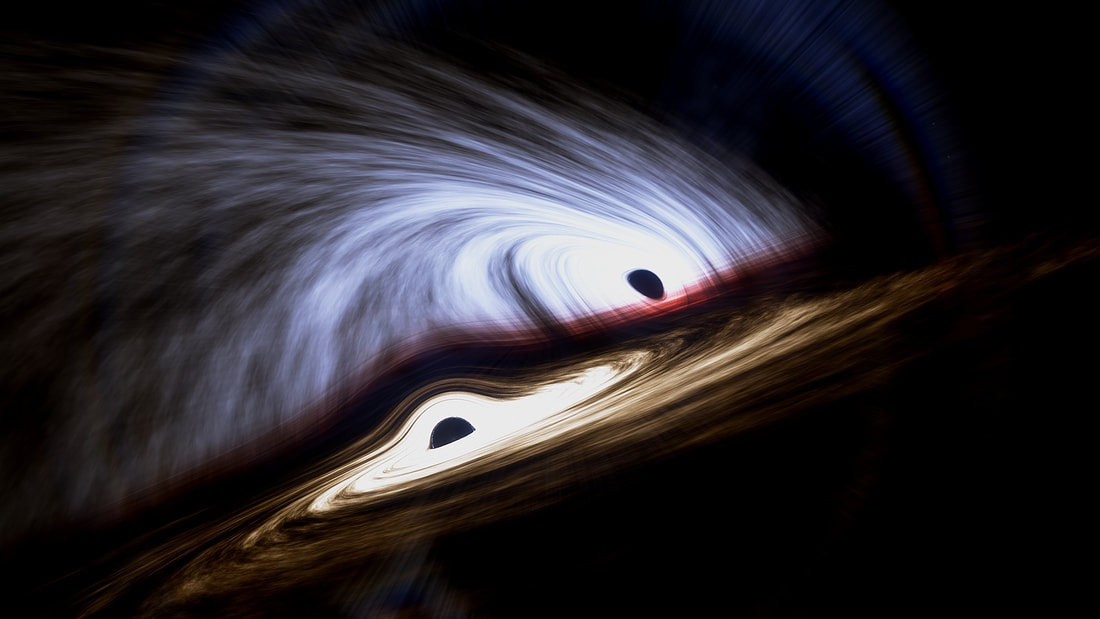|
Over the past five years, astronomy has been revolutionised as scientists have used ripples in the fabric of spacetime, called gravitational waves, to reveal the secrets of the previously hidden world of black holes. Gravitational waves are created when two black holes merge in a cataclysmic release of energy, but until now, there were few clues as to how and why black holes merge.
Today, researchers from the LIGO and Virgo Collaborations announced a series of discoveries providing some of the first hints as to the origin of black hole mergers. Researchers from Monash University––members of the ARC Centre of Excellence for Gravitational Wave Discovery (OzGrav)––helped lead the effort. “We are announcing the discovery of 44 confirmed black hole mergers, which is a more than a four-fold increase in the number of previously known gravitational-wave signals,” explains Monash University School of Physics and Astronomy PhD student, Shanika Galaudage, who helped write one of the new LIGO papers. “With so many black holes to study, we can start to answer deep questions about how these systems came to merge," Ms Galaudage says. A key clue comes from the fact that black holes spin. The orientation of the black hole spins affects the gravitational-wave signal. Study author Dr Colm Talbot, also from the School of Physics and Astronomy, says “There are two theories for how two black holes can get together. Sometimes, pairs of stars called binaries make pairs of black holes that merge, creating ripples in spacetime called gravitational waves. Alternatively, two black holes can stumble into each other.” The verdict? “It seems there are multiple ways for two black holes to get together,” says OzGrav Chief Investigator Professor Eric Thrane from Monash University. “Some binary black holes are born from pairs of stars. Others wander the cosmos before finding a partner to merge with. Either way, a tremendous amount of energy is released in gravitational waves.”
0 Comments
|
|
- Home
- About
-
Our People
- Chief Investigators
- Partner Investigators
- Associate Investigators
- Postdocs and Students >
- Professional & Outreach staff
- Governance Advisory Committee
- Scientific Advisory Committee
- Executive Committee
- Equity & Diversity Committee
- Early Career Researcher Committee
- Professional Development Committee
- Research Translation Committee
- OzGrav Alumni
- Research Themes
- Education and Outreach
- Events
- News/Media
- Contact Us
- Home
- About
-
Our People
- Chief Investigators
- Partner Investigators
- Associate Investigators
- Postdocs and Students >
- Professional & Outreach staff
- Governance Advisory Committee
- Scientific Advisory Committee
- Executive Committee
- Equity & Diversity Committee
- Early Career Researcher Committee
- Professional Development Committee
- Research Translation Committee
- OzGrav Alumni
- Research Themes
- Education and Outreach
- Events
- News/Media
- Contact Us


 RSS Feed
RSS Feed








